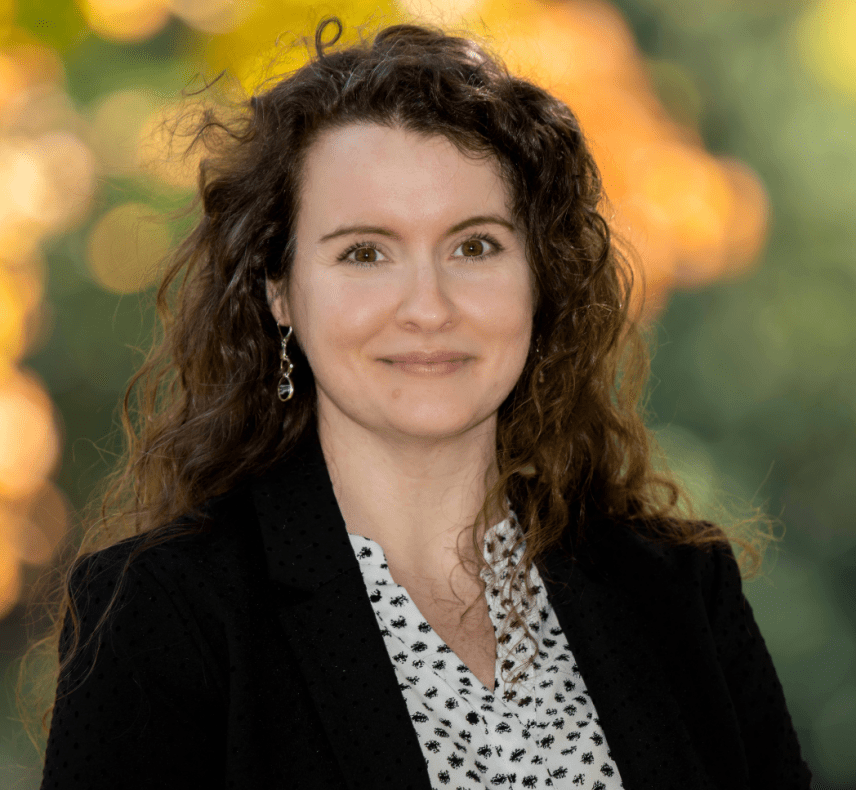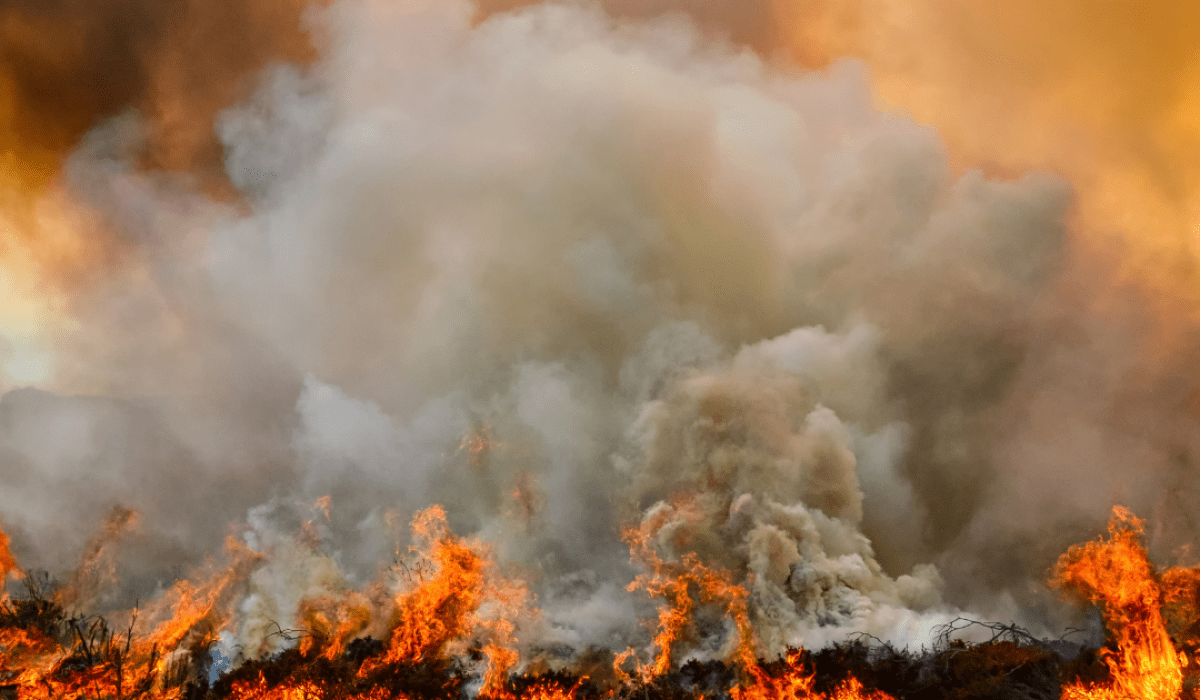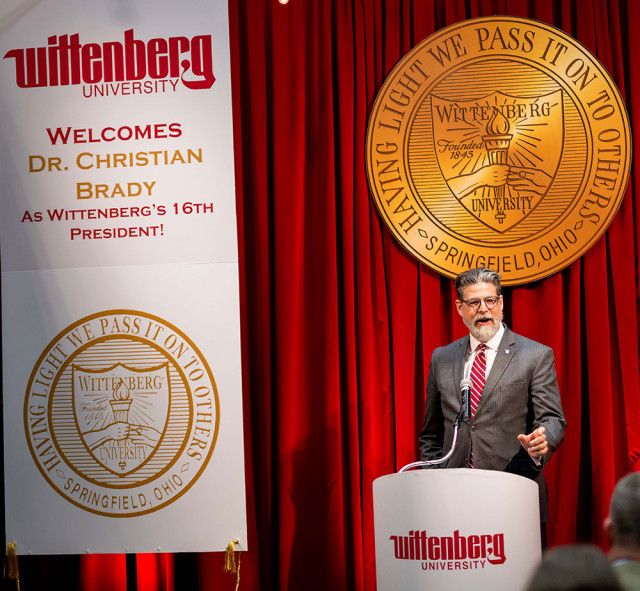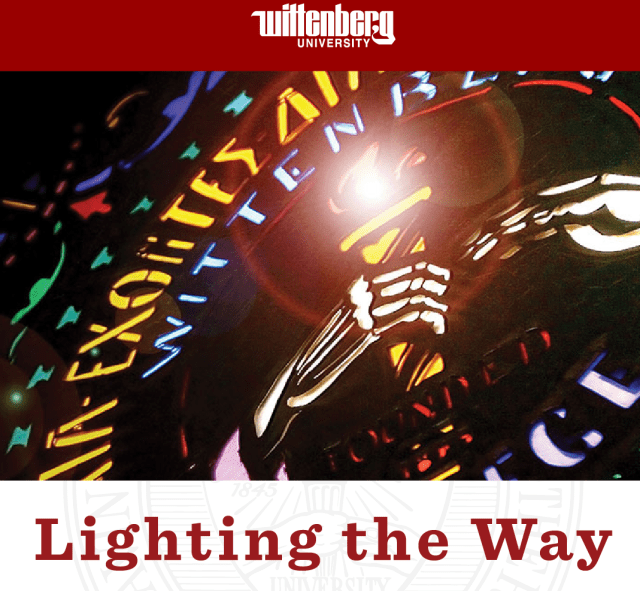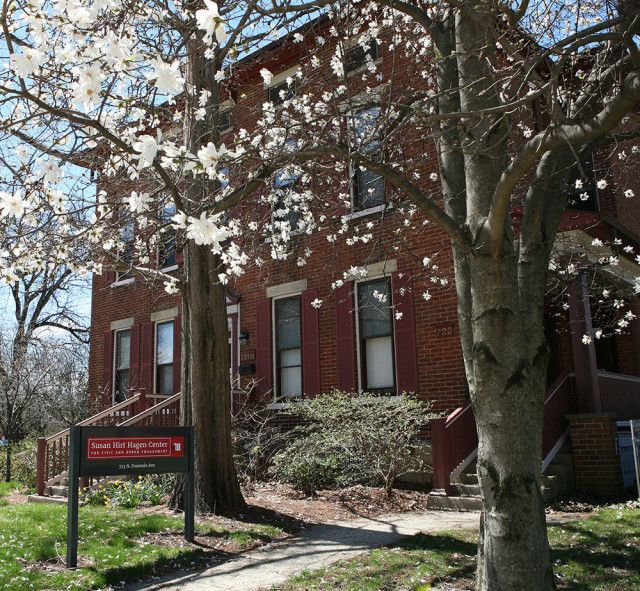Starting in early spring and increasing in intensity over the last few days, Canada has experienced a record-setting series of wildfires affecting all provinces and territories, causing air-quality concerns throughout the country and the United States. According to news reports, hundreds of wildfires are burning across Canada stretching from British Columbia in the west to Nova Scotia in the east, displacing tens of thousands of people.
Wittenberg’s Stacy Porter, assistant professor in environmental science, specializes in climate and atmospheric science and has been studying the issue. She graciously agreed to help educate campus and the extended community on this developing situation.
Wittenberg: News reports indicate that Canada is experiencing an "epic start" to the wildfire season along with being in a consistent omega block. For those unfamiliar in these areas, can you explain more as to why the season has been particularly intense and more about this omega block?
Porter: It was an exceptionally warm and dry May in eastern Canada, which set the stage for massive wildfires. Typically, in Ohio, westerly winds are prevalent, so fires in Canada wouldn’t typically bring smoke to our neck of the woods. However, the omega block provides the perfect conduit for smoke extending southward over the eastern U.S. The omega block essentially means the jet stream is shaped like the Greek letter, omega, with a large ridge over the central U.S. and two troughs bookending the ridge. In this case, a trough over the west coast and over the northeast. The prevailing winds for the Midwest and northeast U.S. are from the north, which is blowing the smoke from Canadian wildfires toward us. Unfortunately, these omega blocks tend to be stagnant, hence the term “block.”
Warmer temperatures associated with climate change increase the frequency, extent, and severity of wildfires. Patterns that we typically observe include warmer springs and drier summers which dry out soil and vegetation. I think that is an obvious connection for most people, but there is a less obvious aspect to this scenario as well. The Arctic is one of the fastest warming places in the world. As the temperature difference decreases between the Arctic and where we live in the midlatitudes, the jet stream could possibly slow down. This sets us up for more frequent occurrences of blocking patterns like this one. This is still a very active area of research. I have been trying to understand these types of Arctic connections over the past millennium using ice cores. If we understand better how these linkages operate in the past, we could gain better insight to how they will operate in the warming world.
Wittenberg: Many towns, cities, and states, especially on the East Coast, are now facing dangerous, unhealthy air-quality levels. If we could direct the weather to do as we wanted, what, in addition to rain, would be the best scenario to help clean the air?
Porter: For a quick fix in Ohio, a shift in the wind patterns would be beneficial. However, that smoke would still go somewhere. Rain that would extinguish the fires would be the biggest benefit for all. In terms of adaptation, forest management improvements, like prescribed burns to reduce the amount of fuel for wildfires, would help. Ultimately, mitigating the effects of climate change on our planet and hopefully preventing scenarios like these from becoming the new normal would be ideal.
Wittenberg: Even after the air is "clean," what might some of the residuals be on the region currently being affected?
Porter: The residual effect that most concerns me is the impact on human health. I would be very interested to know if there was a substantial increase in lung and heart-related health issues, not only during the event, but in the days, weeks, and months to come. Another concern that I have regarding air quality is the inequity in who is exposed. For a large-scale event such as this, we are all experiencing the detrimental effects, no matter what neighborhood you live in. However, when this event passes, there are still communities that face higher exposure to poisonous air. Communities in urban centers, high traffic areas, or proximal to power/petrochemical plants, etc. must grapple with the long-term effects of such exposure.
Wittenberg: What do you want others to know about this ongoing situation that hasn't perhaps been as fully explored in media outlets?
Porter: In the Midwest, I often find that there is a tendency to believe that climate change is a distant threat. For those who accept the science that human activities are causing current changes in the climate, there is still some personal disconnect. They may believe it will affect future generations, or that it’s currently affecting people on the other side of the country or globe. However, we are experiencing the effects of climate change here and now, both directly and indirectly. Those fires may be occurring in Canada, but the smoke doesn’t need a visa to cross the border into the U.S. The ripple effects from these extreme events don’t have to abide national or state borders. We must recognize how interconnected we are.
**
How are Wittenberg students helping with this global issue? Thanks to ongoing mentorship in the Department of Biological & Environmental Sciences, several students have shown an interest in controlling fires and participating in controlled burns. Environmental science (ES) major Olivia Lawrence, Wittenberg class of 2023, participated in the first-ever all-women conservation corps fire crew in Alaska hosted by the National Park Service (NPS) last year. ES major Rylee Armstrong, class of 2024, is now following in Lawrence’s footsteps by working with the same all-female fire crew, an internship through the Student Conservation Association (SCA). Both alums have been dispatched to assist with the Canadian fires. Additionally, Shayne Harris, class of 2025, will be focusing on trail maintenance and fire suppression in the Sierras through another SCA internship. Two other ES students, Audrey Heiser, class of 2024, and Sadia Allalen, class of 2024, are also doing environmental-related internships this summer through the SCA and the Environmental Protection Agency.
For more on Wittenberg’s environmental science program, click here.


